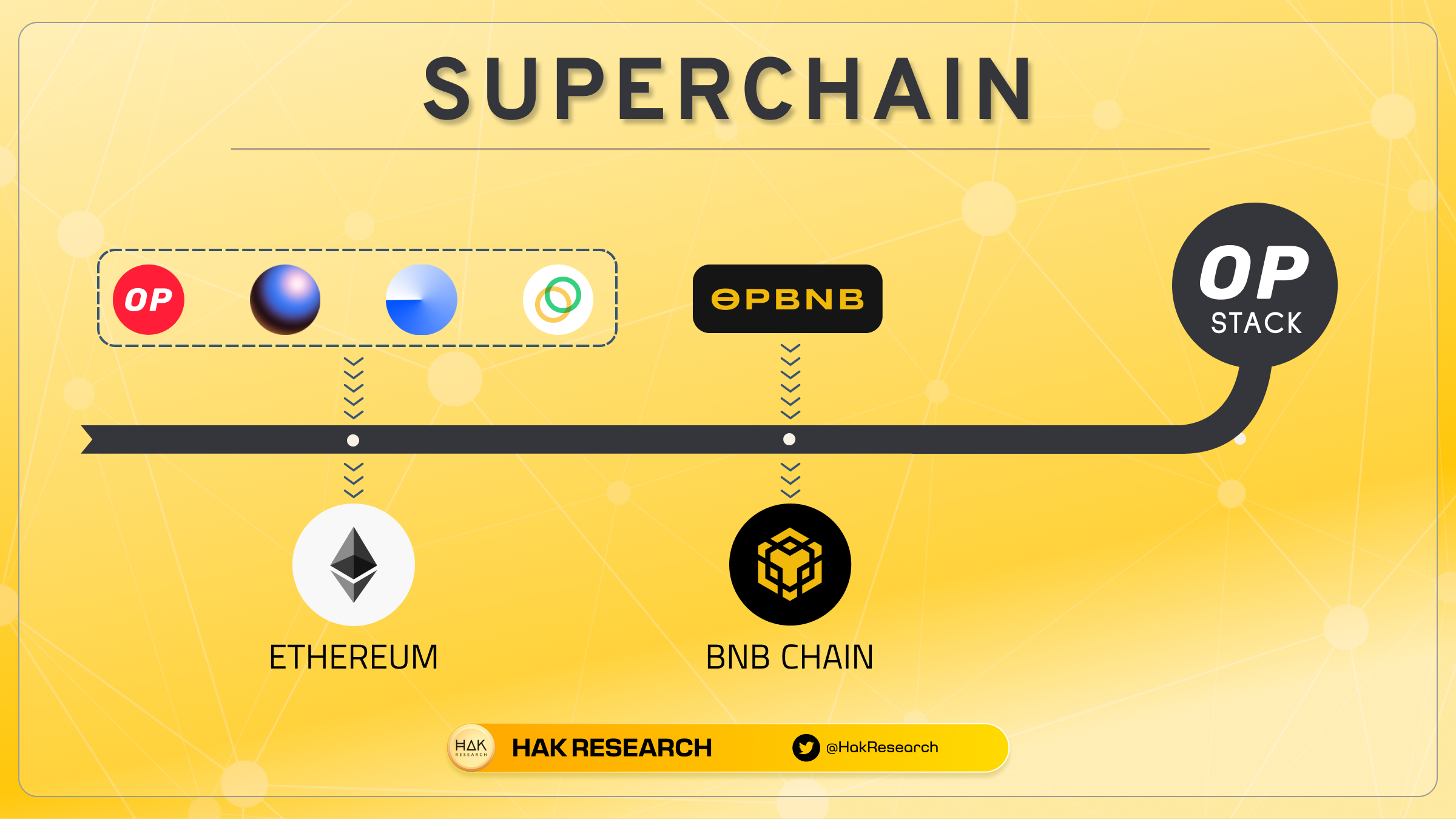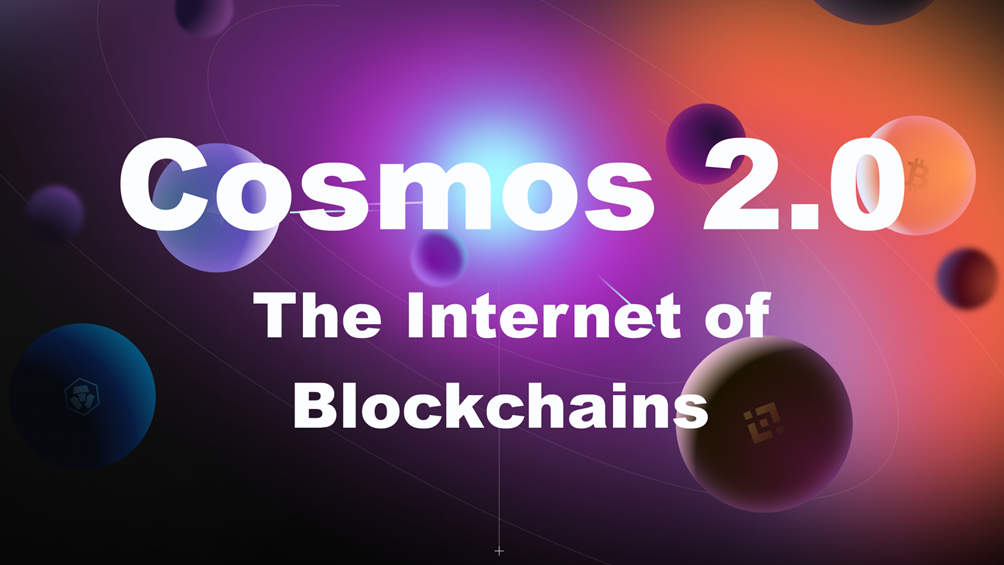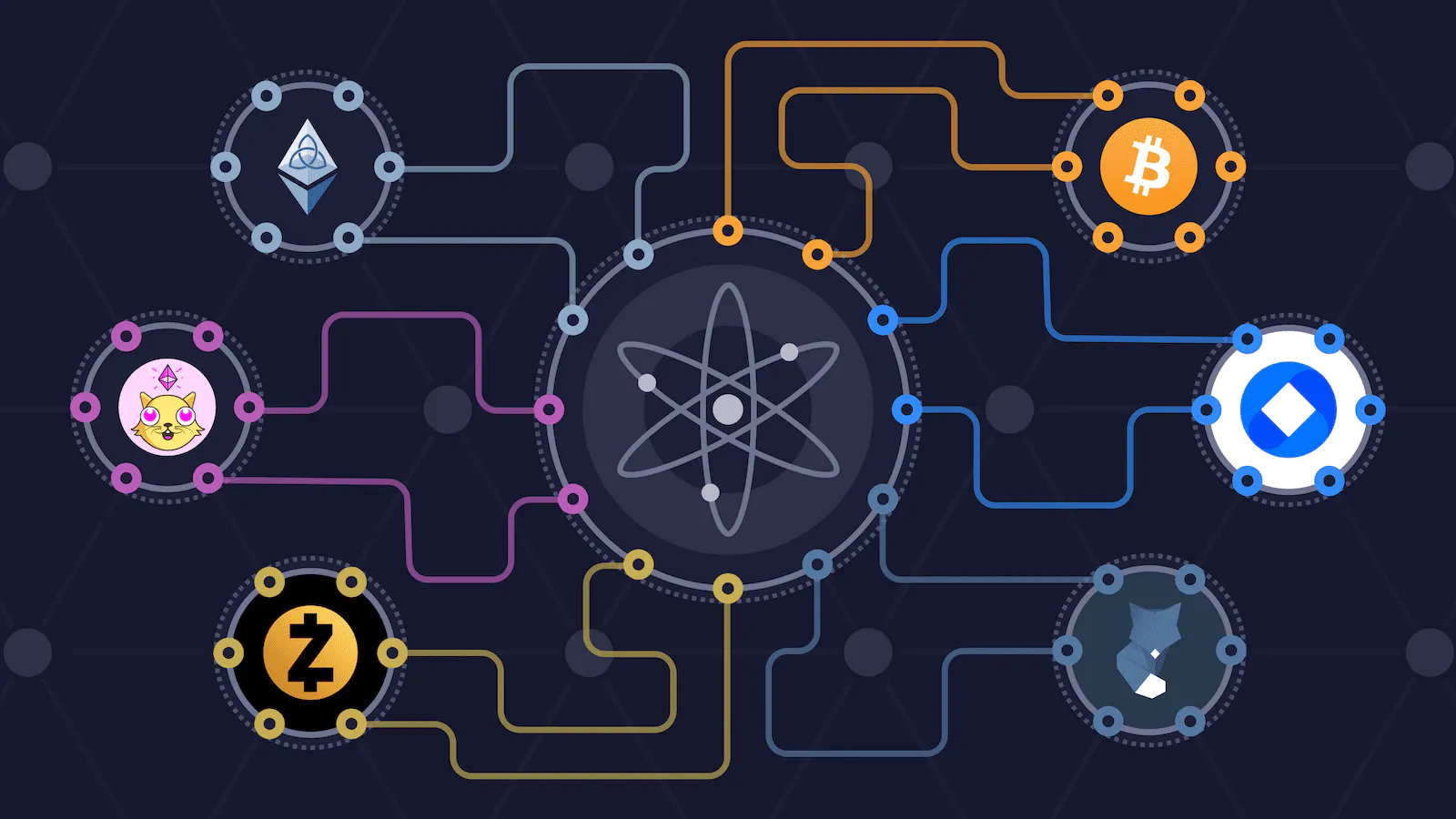From the moment Optimism launched its Superchain vision, the Crypto community became very excited and believed that Optimism was the best Layer 2 technology today. However, in this article I will share with everyone some conflicting insights so that we can have a more diverse perspective on Optimism’s Superchain.
To better understand this article, people can refer to some documents such as:
Overview of Superchain & Some Outstanding Achievements
Overview of Superchain
One of the breakthroughs in the Crypto market in 2023 is when Optimism introduces to the OP Stack community – a Framework platform that helps developers easily build a Layer 2 platform with many diverse customizations. All Layer 2s built on OP Stack are called OP Chains and from there we have the OP Chain ecosystem, summarized as Superchain.
Up to now, OP Stack is one of the most customizable Layer 2 construction frameworks on the market with many options such as:
Because of such high customization, many big companies have chosen OP Stack to build their own Layer 2 platform.
Some of Superchain’s first achievements

OP Stack quickly created great attraction for the entire Crypto community when:
- Coinbase chose to build Base – the Optimistic Rollup platform on Ethereum using OP Stack.
- Binance also chose OP Stack to build opBNB.
- A16Z also builds a Client product in the Superchain ecosystem.
- Celo from a Layer 1 platform also returned to Layer 2 on Ethereum based on OP Stack technology.
Obviously, it is not natural for big companies to choose Optimism. This has proven the strength of both technology and network of the Optimism development team. And I believe that this is just the beginning for an even more explosive Superchain ecosystem in the future. However, no model is considered the “holy grail” in the Crypto market and Superchain itself still has weaknesses.
Weaknesses in Optimism’s Superchain Model
Tokenomics is a fatal weakness
When I looked at Superchain, I saw many similarities with the Internet of Blockchain vision that one of the first projects set forth was Cosmos. The similarities are clearly shown through products and names such as:
- OP Stack is similar to the Cosmos SDK.
- Optimism represents the first OP Chain and Cosmos Hub represents the first Hub in the ecosystem.
- IBC acts as a cross-chain bridge. Although Optimism has not announced it yet, there will certainly be an interoperability solution between OP Chains in the future.
However, the critical weakness in the Cosmos model is that the Cosmos ecosystem develops very quickly and is much stronger than competitors such as Polkadot and Avalanche, but ATOM – native token Cosmos cannot capture too much value, so The community always thinks that ATOM is one of the underrated of the market.
Previously, ATOM also had certain use cases such as users participating in staking ATOM will receive airdrops of projects built on Cosmos SDK in the future. In the beginning, the number of ATOMs required to stake was not large and the airdrops were quite large, attracting many participants. However, later on, the number of ATOMs required from Cosmos SDKs became larger and the airdrop rewards became smaller and smaller, so this program is now no longer attracts too many people to participate.

Cosmos also had to launch the Cosmos 2.0 proposal to solve issues related to tokenomics, but because the proposal was too long, it was not approved and had to be divided into many smaller proposals for gradual approval. Most recently, Cosmos has also officially moved forward with updating Interchain Security.
Interchain Security allows new Blockchains in the Cosmos ecosystem to rent security from Cosmos Hub, which means directly hiring Validators on Cosmos Hub to protect the network for themselves. Thanks to that, Blockchains do not need to think and spend too much money to protect the network in the first stages. This also has a positive impact on ATOM.
- The issue of network security and decentralization is one of the most important but also the most costly issues when developing a Blockchain platform.
- Interchain Security is necessary
- When many Blockchains on Cosmos use the Interchain Security service
- Validators on Cosmos Hub have more revenue
- Many people want to become Validators on Cosmos Hub
- Everyone needs to buy ATOM to become a Validator
- Buy Important Demaind for ATOM
From the above flywheel we can see that the more the Cosmos network expands, the higher the demand for Interchain Security will be, thereby creating long-term growth momentum for ATOM.
Now let’s look at Optimism’s story in reverse. Will Optimism follow Cosmos’s path of developing technology and network first and then solving the Tokenomics problem, or will it do both in parallel at the same time? Obviously, at this time the developers on OP Stack are not responsible or bound to value capture activities for OP.
We have only seen two highlights as follows:
- Base commits to deduct a portion of revenue to deposit into Optimism Collective. In fact, this suggestion does not have too much direct impact on OP.
- The OP Stack also allows OP Chain platforms to use the Sequencer from Optimism, which is quite similar to Cosmos’ Interchain Security and creates a similar flywheel.
But in my opinion, this is still not really big enough for OP to capture maximum value from Superchain. I’m sure the Optimism community will soon realize and have solutions to completely solve the problem right from the beginning. Currently, there is also some leaked information about users who participate in staking OP will receive airdrops from OP Chains in the future similar to holding ATOM on Cosmos.
It is unclear how OP Chains interact

At present, Optimism has not shared details about how the Op Chains in Superchain interact and send information to each other like the way IBC is implementing on the Cosmos ecosystem. However, IBC also has the problem of creating liquidity fragmentation, perhaps that is why the Optimism development team is thinking about the prospect of a bridge across the Omnichain chain to connect all OP Chains together. With Omnichain, the barrier of liquidity fragmentation will no longer exist.
At the present time, there is a high possibility that OP Chains will have to use Bridges from 3rd parties such as Stargate, Lifi, Orbiter Finance, Hashflow,… Bridge solutions from 3rd parties often contain hidden risks. bigger.
User Experience May Not Be Good
It is extremely convenient for users to interact between Protocols and Dapps on a Layer 1 platform, but for newcomers, it is still a relatively big barrier. Being on the same platform is relatively difficult, but between Blockchains, without a simple and convenient UI UX, it will create difficult access for both old and new users.
That’s why Optimism’s development team needs to work a lot to improve the user experience between Blockchains to make it as simple as possible. In the best scenario, make users using many different Dapps on many different Blockchains think that they are using many different Dapps on the same Blockchain platform.
Superchain Is Still Under Development
Currently, Superchain is still in the early stages of testing and development. With a model similar to Cosmos, the success and safety of Cosmos does not mean that Optimism’s Superchain will also be safe and secure during the early stages of development. Base itself also encountered some errors in its first testnet version.
Therefore, OP Chains still have certain risks in the future. This risk will gradually decrease over time as the number of OP Chain increases.
Superchain Is Dependent On Optimism
Obviously, building on OP Stack helps developers not need to worry about upgrading the network because Optimism already takes care of it, but that’s why sometimes developers don’t have much initiative. in upgrading and developing the network to suit your needs.
summary
Besides the great potential of Superchain, we still see certain disadvantages of Superchain that need to be improved and overcome in the future. What do you think about this weakness? Will OP become the next version of ATOM in the crypto market?


